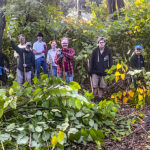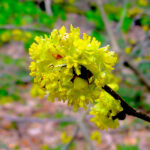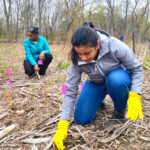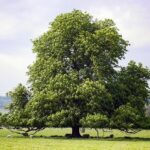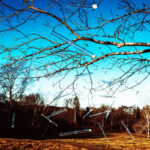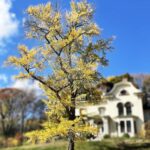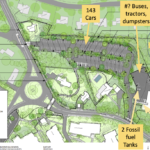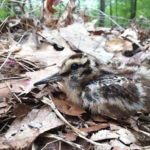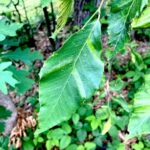
By Phil Perron The majestic beech tree is under attack in Massachusetts. The culprit is a microscopic nematode (Litylenchus crenatae ssp. mccannii). Beech leaf disease (BLD) has taken the state by storm, causing, in the best cases, leaf distortion and, in the worst cases, total tree mortality. All beech tree varieties are at risk, including the stately copper beech. Unfortunately, many questions about this disease have yet to be answered as the industry works to find solutions to manage this pest before it is too late. BLD was first discovered in Ohio in 2012. Eight years later, it had made [READ MORE]


